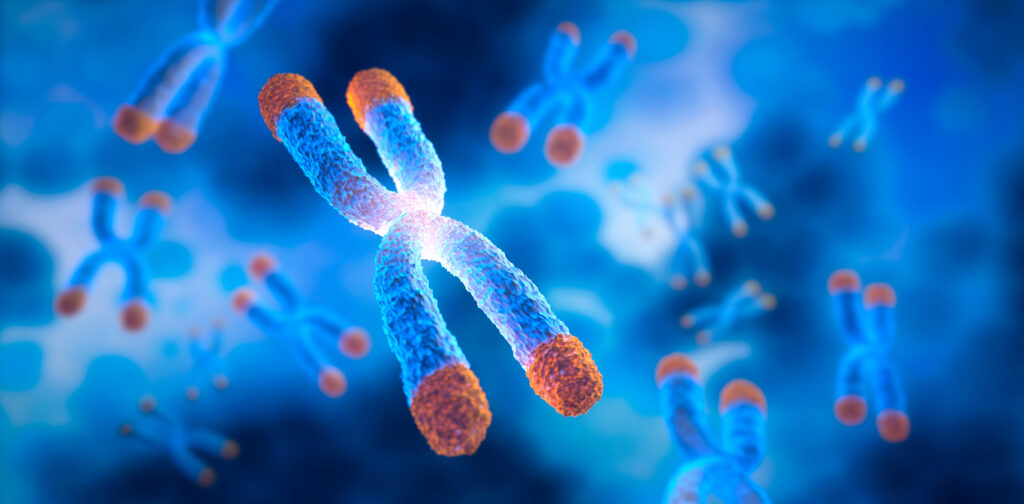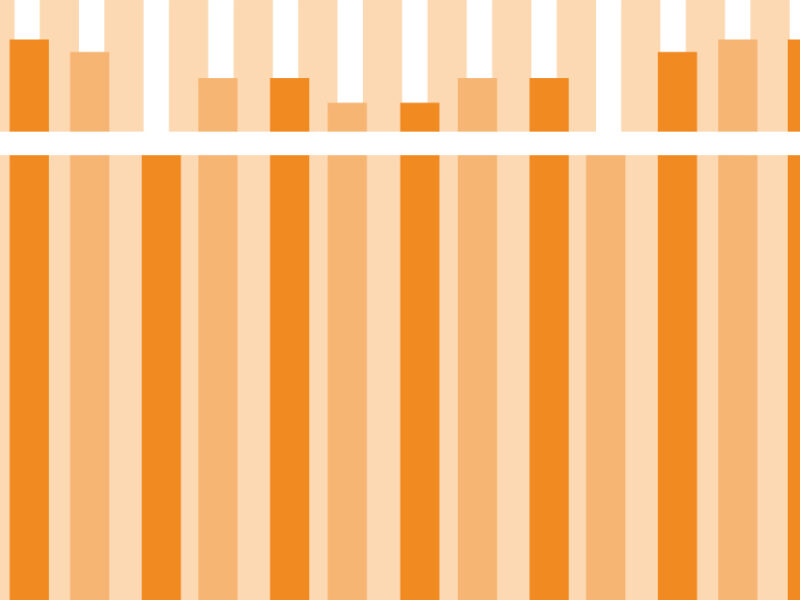Coexistence of Different Telomere Maintenance Mechanisms in Pediatric High-Grade Glioma Tumors
Coexistence of Different Telomere Maintenance Mechanisms in Pediatric High-Grade Glioma Tumors https://pediatricsnationwide.org/wp-content/uploads/2023/08/AdobeStock_599321803-1024x504.jpg 1024 504 Lauren Dembeck Lauren Dembeck https://pediatricsnationwide.org/wp-content/uploads/2021/03/Dembeck_headshot.gif- August 31, 2023
- Lauren Dembeck

Due to within-tumor heterogeneity, telomere-based therapeutic interventions will likely need to target both known telomere maintenance mechanisms to prevent resistance and recurrence.
Normal differentiated somatic cells can divide only a limited number of times due to loss of the physical ends of their chromosomes, the telomeres, with each replication. When the telomeres reach their limit, the cell undergoes an irreversible cell cycle arrest or senescence. This phenomenon is known as the Hayflick limit.
“Scientists view this cellular senescence as a tumor suppression mechanism,” explains Rachid Drissi, PhD, a principal investigator in the Center for Childhood Cancer at the Abigail Wexner Research Institute at Nationwide Children’s Hospital. “By limiting the number of times each cell type can divide, the cells may avoid mutations that can lead to the development of cancer.”
To achieve replicative immortality, tumor cells must activate telomere maintenance mechanisms. Because these mechanisms are present in most human cancer cells but are undetectable in the majority of healthy somatic cells, they represent rational therapeutic targets for cancer treatment.
The primary telomere maintenance mechanism used by most (85 to 95%) human cancers is reactivation of telomerase, an enzyme normally deactivated in most cells at birth. However, some cancer cells repurpose homologous recombination pathways to maintain their telomeres, a mechanism referred to as alternative lengthening of telomeres (ALT). The ALT mechanism appears to be particularly prevalent in tumors of mesenchymal and neuroepithelial origin, including brain tumors. In pediatric high-grade gliomas, it is found in 44 to 53% of cases.
“Targeting the ALT mechanism in pediatric gliomas is especially promising because this mechanism only occurs in cancer cells, meaning we may be able to kill cancer cells while avoiding side effects, and this is a very important aspect when treating pediatric cancers because some side effects are irreversible,” says Dr. Drissi, whose research is focused on understanding high-risk pediatric brain tumor biology and the mechanisms of resistance in these malignancies.
Dr. Drissi and colleagues are exploring the prognostic significance of ALT activation in pediatric high-grade gliomas, including diffuse intrinsic pontine glioma (DIPG). These highly aggressive tumors are associated with dismal prognoses, with 5-year overall survival rates of less than 10%, despite multimodal therapeutic options.
In a recent publication in the journal Cancers, Umaru et al. from the Drissi lab, reported heterogeneity of telomere maintenance mechanisms in pediatric high-grade gliomas and associations of previously identified genetic alterations with ALT activity.
“We discovered that different cells within the same tumor can use both mechanisms. Thus, when we develop therapies for these brain tumors based on telomerase or telomere length, we need to be careful. We will have to target not only the telomerase/telomeres but also the ALT pathway,” explains Dr. Drissi, who is also an associate professor of Pediatrics at The Ohio State University College of Medicine.
The team made this discovery using 9 samples of DIPG cells from patients’ tumors matched with normal brain tissue. They detected ALT activity alone in 33% of samples, telomerase activity alone in 22% of samples, both ALT and telomerase activity in 11% of samples, and no evidence of either telomere maintenance mechanism in 22% of samples.
They also found that all tumors using ALT harbored mutations in the H3-3A gene (encoding a histone variant), but none harbored mutations in two other genes (ATRX or DAXX) previously associated with ALT activity in other tumor types.
Contrasting with previous reports of hypersensitivity of ALT-positive cancer cells to inhibitors of ATR , a protein involved in a key DNA damage response pathway, the team evaluated the sensitivity of a panel of pediatric glioblastoma cell lines to these inhibitors. They found that sensitivity to ATR and CHK1 inhibitors is not specific to ALT-positive cells compared to telomerase-positive cells. These findings suggest the ATR-CHK1 pathway is not a specific determinant of ALT phenotype in pediatric glioblastoma.
The findings from the new study highlight the need for novel therapeutic strategies targeting ALT in pediatric high-grade glioma tumors. Dr. Drissi and his colleagues are now finalizing preclinical studies evaluating a novel therapeutic agent targeting telomeres in telomerase positive pediatric high-grade gliomas. Unlike direct telomerase inhibition, this novel approach is telomere length independent. The prediction using this strategy is that treatment of children with high-risk brain tumors will require a shorter time period to achieve a rapid effect on tumor growth and progression than direct telomerase inhibition-based therapy.
“Time is very limited for many of these children with high-grade gliomas,” says Dr. Drissi. “At Nationwide Children’s, we have some of the best experts in pediatric brain tumors in the world, and we have published preclinical data demonstrating that this novel agent starts acting on telomeres within days, not weeks or months like telomerase-targeting agents. So, it’s an exciting moment in this field where new treatments are urgently needed.”
This article also appeared in the Fall/Winter 2023 print issue. Download the issue.
Reference
Umaru B, Sengupta S, Senthil Kumar S, Drissi R. Alternative Lengthening of Telomeres in Pediatric High-Grade Glioma and Therapeutic Implications. Cancers (Basel). 2023 Jun 6;15(12):3070. doi: 10.3390/cancers15123070. PMID: 37370681; PMCID: PMC10296514.
Image Credit: Adobe Stock
About the author
Lauren Dembeck, PhD, is a freelance science and medical writer based in New York City. She completed her BS in biology and BA in foreign languages at West Virginia University. Dr. Dembeck studied the genetic basis of natural variation in complex traits for her doctorate in genetics at North Carolina State University. She then conducted postdoctoral research on the formation and regulation of neuronal circuits at the Okinawa Institute of Science and Technology in Japan.
-
Lauren Dembeckhttps://pediatricsnationwide.org/author/lauren-dembeck/
-
Lauren Dembeckhttps://pediatricsnationwide.org/author/lauren-dembeck/
-
Lauren Dembeckhttps://pediatricsnationwide.org/author/lauren-dembeck/
-
Lauren Dembeckhttps://pediatricsnationwide.org/author/lauren-dembeck/January 29, 2019







